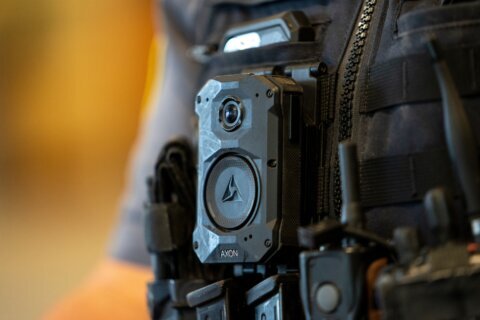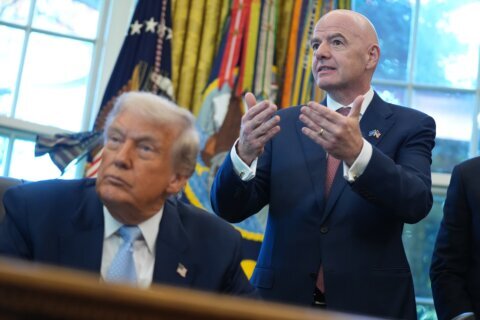TRUNG LATIEULE
Associated Press
Porsche’s return to the 24 Hours of Le Mans after a 16-year absence in the top category has made the race less predictable.
Only Toyota could realistically challenge Audi’s dominance in the past two years. But Porsche’s performances this year suggest Le Mans will be even more competitive.
Toyota will start from first and third on the grid on Saturday after Kazuki Nakajima became the first Japanese driver to take pole position. Toyota will be under pressure from Porsche, whose cars will start from second and fourth. Audi showed a lack of pace in qualifying and its three cars will start from fifth, sixth and seventh.
However, speed is no guarantee of victory. Reliability matters just as much in a competition won by the team that completes the most laps in 24 hours, with up to three drivers alternating. The 82nd race starts on Saturday at 1300 GMT.
Here are five things to know about the 24 Hours of Le Mans this weekend:
NO DUVAL: A year after Danish driver Allan Simonsen crashed into a barrier 10 minutes into the race and died in hospital, 2013 champion Loic Duval of France was fortunate to escape with just grazes when he crashed in practice on Wednesday. Duval spent one night in hospital as a precaution, but a doctor’s report prompted Le Mans officials to disallow him from competing this weekend. He was replaced by Spanish driver Marc Gene, who won Le Mans with Peugeot in 2009.
PORSCHE’S EXPECTATIONS: Porsche is the most successful manufacturer at Le Mans with 16 titles, followed by Audi with 12. It showed its potential by finishing third at Silverstone, Britain, and fourth at Spa-Francorchamps, Belgium, in the world endurance championship this year. Reliability will be the main concern for Porsche, which is relying on the experience of Australian driver Mark Webber. “For the return of Porsche at Le Mans, finishing the race would be OK,” Webber said. “For me, Audi remains the team to beat.” Webber participated in Le Mans in 1998 and 1999 before winning nine Formula One races.
TOYOTA’S STRONG CHALLENGE: Toyota has four runner-up finishes at Le Mans. The Japanese manufacturer has significantly improved this year, taking the top two spots at Silverstone in April and clinching the victory at Spa-Francorchamps last month. “It is promising for the race because we feel so confident in the car,” Stephane Sarrazin said. “We can push on every corner, every lap. The race will be very long, we know that we have to be very calm and not attack it like a short sprint.” Sarrazin shares Toyota No. 7 with Kazuki Nakajima and Alexander Wurz. The only Japanese manufacturer to win at Le Mans was Mazda in 1991.
AUDI’S DOUBTS: Audi has won nine of the last 10 races at Le Mans, including the last four. But much has changed in a year. Audi’s two cars did not finish at Silverstone, it was runner-up at Spa-Francorchamps, and Duval’s enforced absence adds to the doubts. Despite that, Tom Kristensen, the most successful driver at Le Mans with nine titles, said, “It wasn’t about the grid position but about preparing the car for the race. I’m looking towards the race with a positive feeling.”
TECHNOLOGICAL EDGE: The Audi R18, the Toyota TS040, and the Porsche 919 all use hybrid drive systems. But while the Audis and Toyotas convert only kinetic energy generated under braking into electricity, the Porsches also use a second hybrid system, which recovers thermal energy from exhaust gases. Hybrid technology aims to make racing more environment-friendly but it also makes a difference on the track. Toyota and Porsche have been able to generate more power from their hybrid systems than Audi as qualifying showed.
Copyright 2014 The Associated Press. All rights reserved. This material may not be published, broadcast, rewritten or redistributed.







